Sicilian Kramnik Variation – Learn Everything
The idea of the Kramnik Vartion of Sicilian Defense is to make sure that the pawn on the ‘c’ file is active, allowing the pawns on the ‘c’ and ‘d’ file to control the center together. By playing c4 on the 3rd move, White also enable the knight to come on c3 without getting blocked.
- e4 c5
- Nf3 e6
- c4
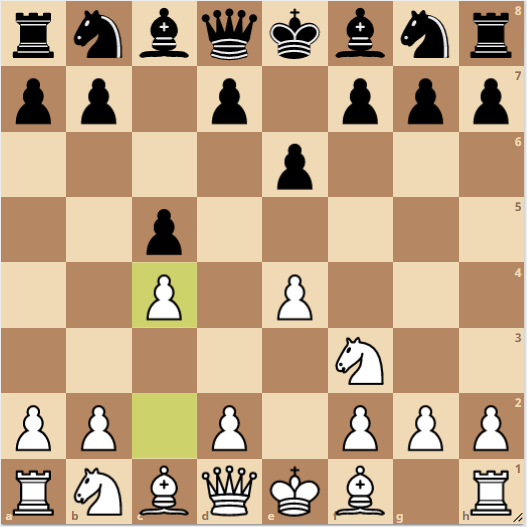
In this variation, White does not directly play d4 on the 3rd move like the main lines of the Sicilian Defense.
Main Line
Black has alot of possible moves on the 3rd move. Suppose Black plays d6; the position moves to a position favorable for White. White can now play d4 on the 4th move, followed by Black’s cxd4 and White’s Nxd4 on the 5th move, and Black can play Nf6. Finally, White will play Nc3, allowing the knight to be developed and the pawn on the ‘c’ file to be active unlike regular Sicilian lines. Black cannot play moves like a6 and d5, which is the most common counterplay for Black when the game begins with the Sicilian Defense.
Let’s say Black does play a standard move like a6. White’s idea is to develop the Bishops so that White will play Be2, followed by Black’s Be7. Here both White and Black can castle, and then White can play Be3. Black now has to develop on the Queenside by playing Qc7. White can play Rc1 followed by Black playing b6, a move Black is forced to play in this position, the reason for which we will discuss below.
White now plays f3 to protect the pawn on e4, which gets attacked by the Bishop moving to b7 on the next move. White can then play Qd2 followed by Black’s Nd7, and this leads to a standard setup where White has more space and a slight advantage.
The notations for this variation are as follows:
- e4 c5
- Nf3 e6
- c4 d6
- d4 cxd4
- Nxd4 Nf6
- Nc3 a6
- Be2 Be7
- 0-0 0-0
- Be3 Qc7
- Rc1 b6
- f3 Bb7
- Qd2 Nbd7
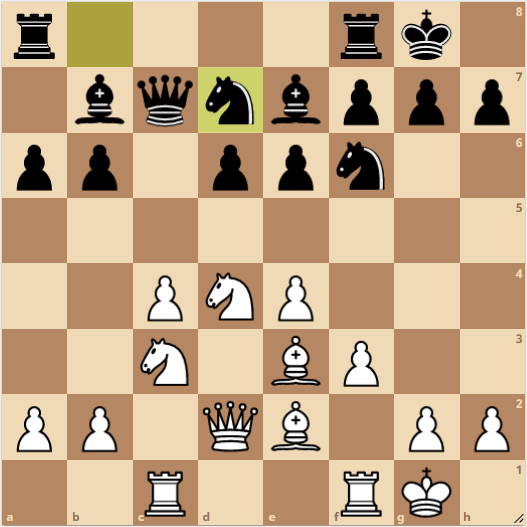
Traps
If Black does not play b6 on the 10th move, it may become a very famous trap.
Let’s assume Black plays Nc6 on the 10th move; White will play f3 to defend the e4 pawn, followed by Black playing Bd7. White can now play Nd5, a brilliant move.
If Black captures the knight on d5 by playing exd5, White will play cxd5, which will lead to White having an open Rook file with the Black Queen and Knight pinned. Black will probably play Rfc8, followed by White playing dxc6, and Black plays bxc6.
Black now has a weak pawn structure, especially the pawn on d6 being the weakest, which works as a serious advantage for White.
The notations for this trap are as follows:
- e4 c5
- Nf3 e6
- c4 d6
- d4 cxd4
- Nxd4 Nf6
- Nc3 a6
- Be2 Be7
- 0-0 0-0
- Be3 Qc7
- Rc1 Nc6
- f3 Bd7
- Nd5 exd5
- cxd5 Rfc8
- dxc6 bxc6
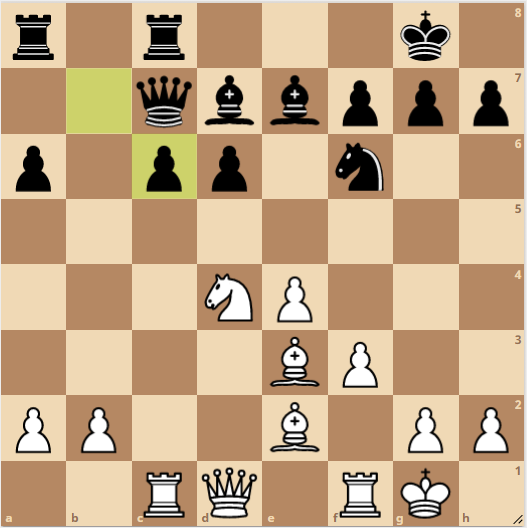
Variation : 3..a6
Transposition into Drazic Variation, White plays d4 on the 4th move:
Sometimes Black wants to delay the move d6 so Black can go Bb4 to transpose to a different line. So if Black plays a6 on the 3rd move instead of d6, White will then play d4 followed by cxd4 and Nxd4, and this transposes the game into a structure similar to alot of standard lines.
Black can now play Nf6, followed by White’s Nc3 and Black’s Bb4. White can now play Qd3 or Bd3, and this transposes into the Drazic Variation.
The notations for this are as follows:
- e4 c5
- Nf3 e6
- c4 a6
- d4 cxd4
- Nxd4 Nf6
- Nc3 Bb4
- Qd3/Nd3
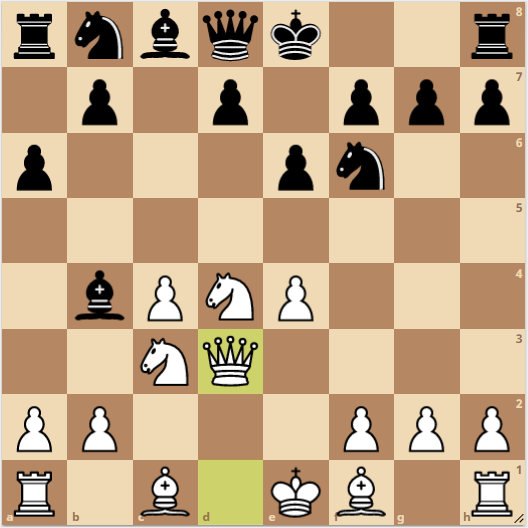
White plays Nc3 on the 4th move:
White can play Nc3 on the 4th move as a response to Black’s a6. Black can now delay d6 further by playing Qc7. White will play Be2 followed by Black’s Nc6, and then White can castle to avoid the pin after d4. Black can then go Nf6, and White can play d4, followed by cxd4 and Nxd4, and Black can play the anticipated Bb4.
The notations for this variation are as follows :
- e4 c5
- Nf3 e6
- c4 a6
- Nc3 Qc7
- Be2 Nc6
- 0-0 Nf6
- d4 cxd4
- Nxd4 Bb4
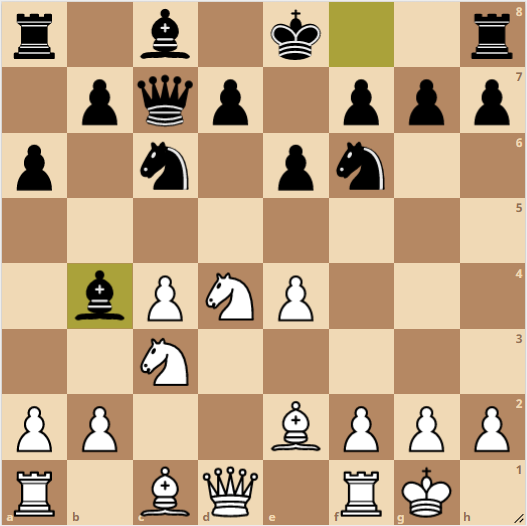
White plays b3 on the 4th move:
In this Variation, White does not play d4 but plays b3 on the 4th move after a6.
This is an exciting variation where now Black can play Nc6 and White can fianchetto the White Bishop by placing it on the b2 square. Now the White Bishop on b2 is attacking the Black pawn on g7; hence Black will have to move his knight to f6.
However, if Black plays Nf6, White will gain a tempo by playing e5. Now, the Black knight will have no good squares to retreat, so Black plays Qc7. White plays g3, followed by Black’s Nf6. White can now play e5, and Black will go Ng4. White is defending the e5 pawn, and the Black knight is in a challenging position.
White’s plan is to simply attack the knight on g4 by playing Bh3, followed by castling and playing Nc3. In this position, White has better development and hence has a slight advantage.
The notations for this are as follows:
- e4 c5
- Nf3 e6
- c4 a6
- b3 Nc6
- Bb2 Qc7
- g3 Nf6
- e5 Ng4
- Bh3 Nh6
- 0-0
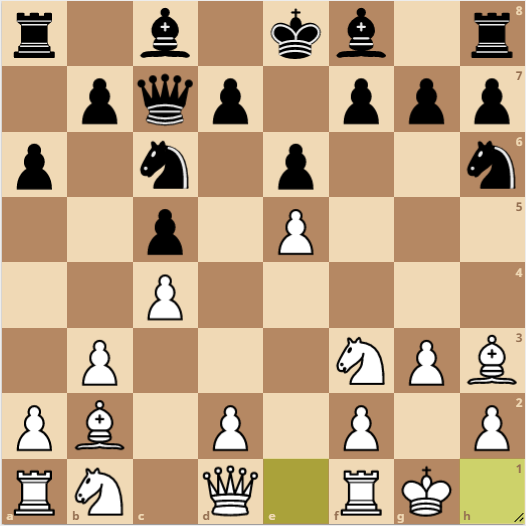
Variation: 3.Nf6
White plays e5 on the 4th move:
White will play e5, and now Black has to be very careful because if Black moves the knight to e4, then White can play d3. So the Black knight will have to go to g4. White can now play h3, forcing the Black knight to the h6 square. This variation then progresses into a very tricky position.
The notations for this are as follows:
- e4 c5
- Nf3 e6
- c4 Nf6
- e5 Ng4
- h3 Nh6
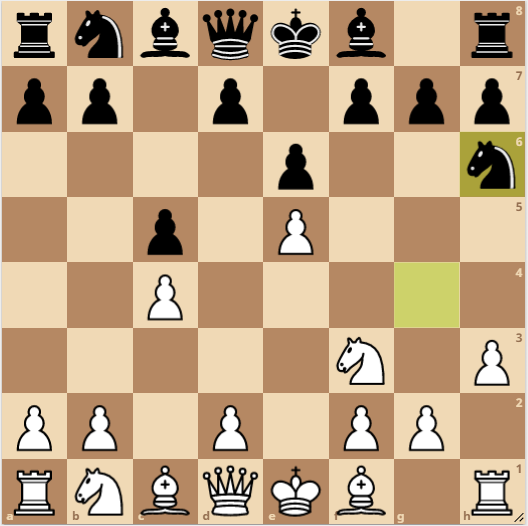
White plays Nc3 on the 4th move: (a popular line)
If White wants to avoid the complexity of e5 on the 4th move, White can play Nc3 instead. Black will now play Nc6, and White can play Be2. This variation is a relatively popular line and has been played by some famous players worldwide.
The best move for Black here is to play d5, followed by White playing exd5 and Black playing exd5. White can now play d4, and in this case, the game is close to equal. Black can now play Be6; White will play cxd5, followed by Black’s Nxd5, and White can castle. White now has a slight advantage and can play Re1 to control the ‘e’ file. White can even play moves like Bb5 and Bg5 in this position.
The notations for this are as follows :
- e4 c5
- Nf3 e6
- c4 Nf6
- Nc3 Nc6
- Be2 d5
- exd5 exd5
- d4 Be6
- cxd5 Nxd5
- 0-0
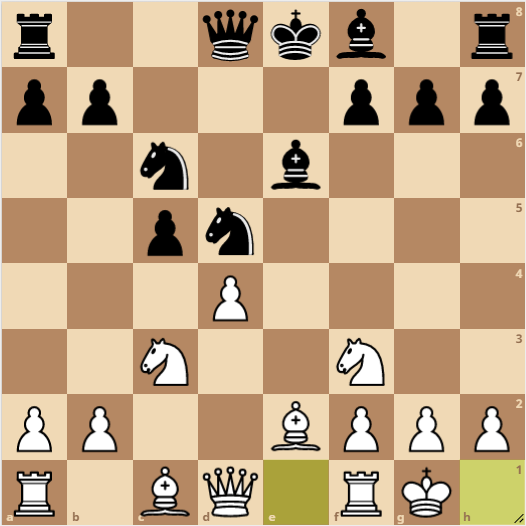
Variation: 3..d5
In this variation, Black plays d5 on the 3rd move. Here, White should play exd5 followed by Black’s cxd5 and White’s cxd5.
Black plays Qxd5 on the 5th move:
If Black takes the d5 pawn with her Queen, tWhite plays Nc3, and this line will transpose into something similar to the Scandinavian Defense. This is a favorable deviation for White as both the White knights are developed, and the pawn on c2 is absent, allowing the White Queen to move freely. If Black plays Qe6 on the next move, White can simply play Be2, allowing development and gaining a tempo.
Black can now play Nf6, and White can play d4. If Black takes the pawn on d4, then White can do Nxd4 and attack the Queen. The Queen can move to e5 and White can castle. Black has been moving the Queen for the past few moves, and White has been developing, allowing White to gain tempo and an advantage.
The notations for this are as follows :
- e4 c5
- Nf3 e6
- c4 d5
- exd5 exd5
- cxd5 Qxd5
- Nc3 Qe6
- Be2 Nf6
- d4 cxd4
- Nxd4 Qe5
- 0-0
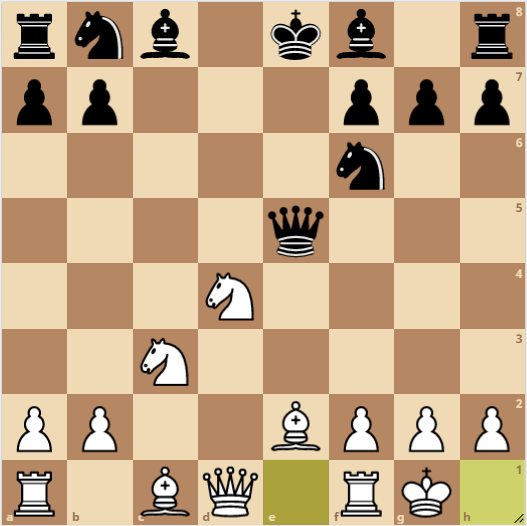
If Black plays Nf6 on the 5th move instead of Qxd5:
Black can play Nf6 with the idea to capture the pawn on d5 with the knight instead of the Queen to avoid further complications. Most people choose to play Bb5+ in this position to which Black plays Bd7. White can then play Qe2+ to build pressure, and Black can play Qe7. Here, the game is almost equal, and it is challenging to defend White’s pawn on d5. If White castles, Black will play Qxe2 followed by Bxe2, and then Black can take the pawn on d5 by playing Nxd5.
So instead of playing Bb5+, White should play Bc4, and now if Black takes the pawn on d5 by playing Nxd5, then White can play Qb3. White has built a lot of pressure on the diagonal against f7, and if the Black Knight moves, White can play Bxf7. Hence, Black has to play Be6, and White can play Qxb7, giving White a good advantage.
The notations for this are as follows :
- e4 c5
- Nf3 e6
- c4 d5
- exd5 exd5
- cxd5 Nf6
- Bc4 Nxd5
- Qb3 Be6
- Qxb7
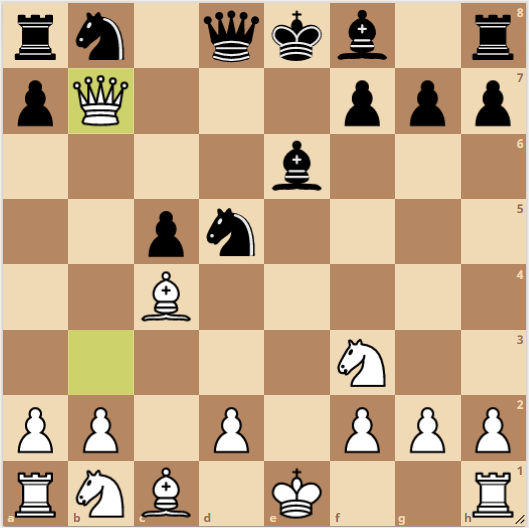
The Kramnik Variation only works if Black plays e6 on the second move, after c5. If Black plays d6 instead of e6, and White plays c4, Black can play e5. This is a very symmetrical position for Black, and the position is almost equal.
Statistics
| Sr. No | Result | Rate |
|---|---|---|
| 1 | White Wins | 32.7% |
| 2 | Black Wins | 34.1% |
| 3 | Draws | 33.1% |




